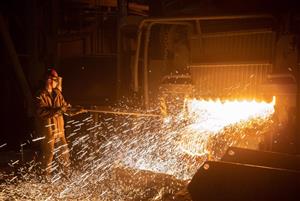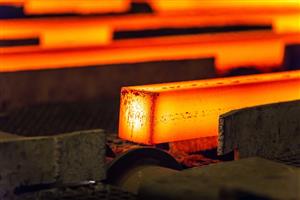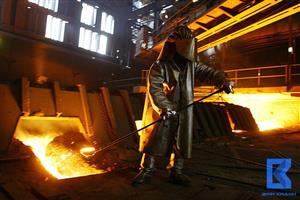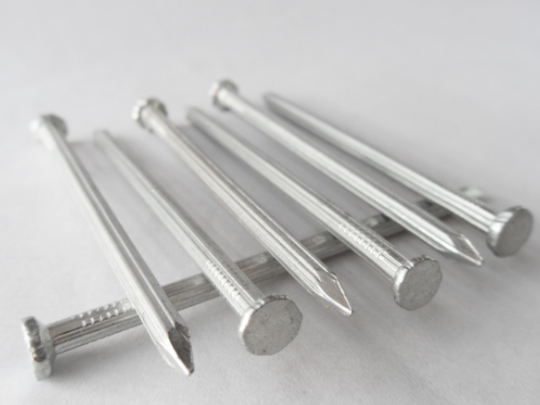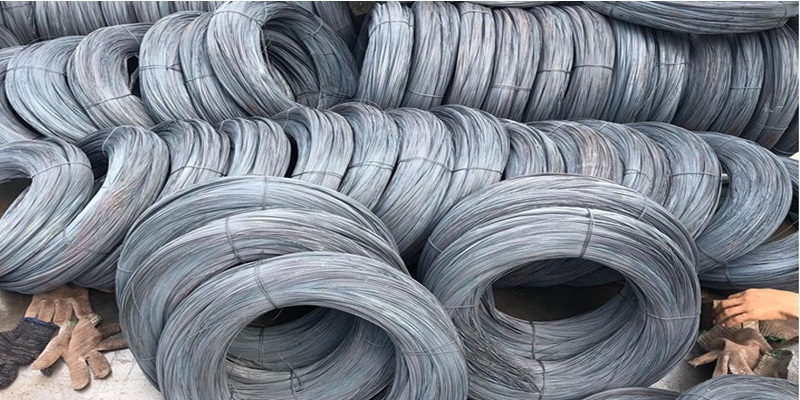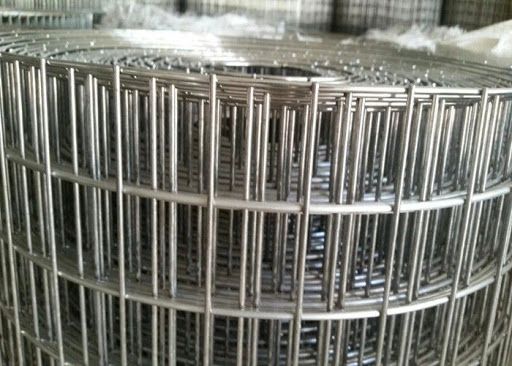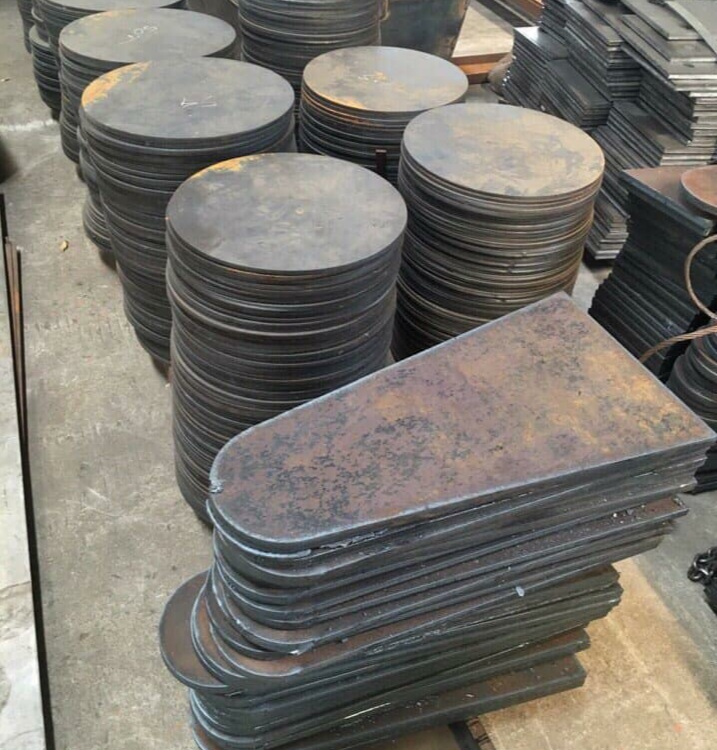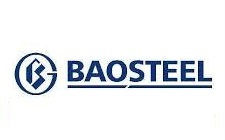Shanghai, China's largest city, reopened on June 1 after being locked down for two months because of the COVID-19 epidemic. This means construction sites are back to work, helping steel demand improve, according to S&P Global Commodity Insights.
However, the city's rebar demand may take some time to fully recover.
People in Shanghai can now return to work and use public transport.
Recorded on June 1, almost all closed steel warehouses have reopened, allowing traders and customers to pick up or transport goods to the warehouse.
The move could boost downstream consumption, which has been halted for months due to the COVID-1 pandemic. Steel producers have been frustrated for a long time because they cannot make money during peak construction season.
Currently, most of the construction sites in Shanghai have reopened.
Despite the market's positive signal on steel demand, one expressed concern about the time it will take to return to pre-close levels, as well as resolve financial related issues of some. project.
A rebar trader in Shanghai said: “The debt collection in some constructions is facing difficulties. Some projects are still running, but have problems with capital advance.”
In the Shanghai market on June 1, the price of rebar traded at 4,750 yuan / ton (US$713 / ton), up 40 yuan / ton compared to May 31.
China's iron ore futures prices hit 900 yuan ($135) a tonne for the first time after nearly six consecutive weeks of declines.
According to Reuters, some experts say that the signs of steel and iron ore demand recovery are becoming clearer. In addition, there have been initial signals that China is in the process of increasing steel production after being restrained by the government's policy to reduce environmental pollution and the COVID-19 epidemic.
The country's steel production in April increased by 5.1% from March to 92.8 million tons. However, this figure is still 5.2% lower than the same period last year.
The People's Bank of China said on May 20 that the lending rate in the five-year market, which many banks use as the basis for their mortgage rates, had fallen from 4.6% to 4.6%. 45%.
This is the largest decrease since the country reformed its interest rate mechanism in 2019. Analysts say this new move will have a positive impact on construction activity.
These sectors account for about 25% of the national economy. In addition, Chinese Premier Li Keqiang said Beijing will accelerate policy adjustments to bring the world's second-largest economy back to "normal growth".
The period from June onwards will be very important if you want to know how China's iron ore and steel prices will develop.
Vietnambiz
 English
English  Vietnamese
Vietnamese
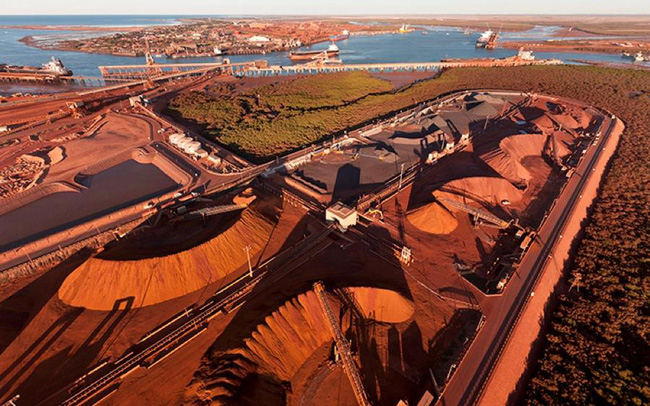


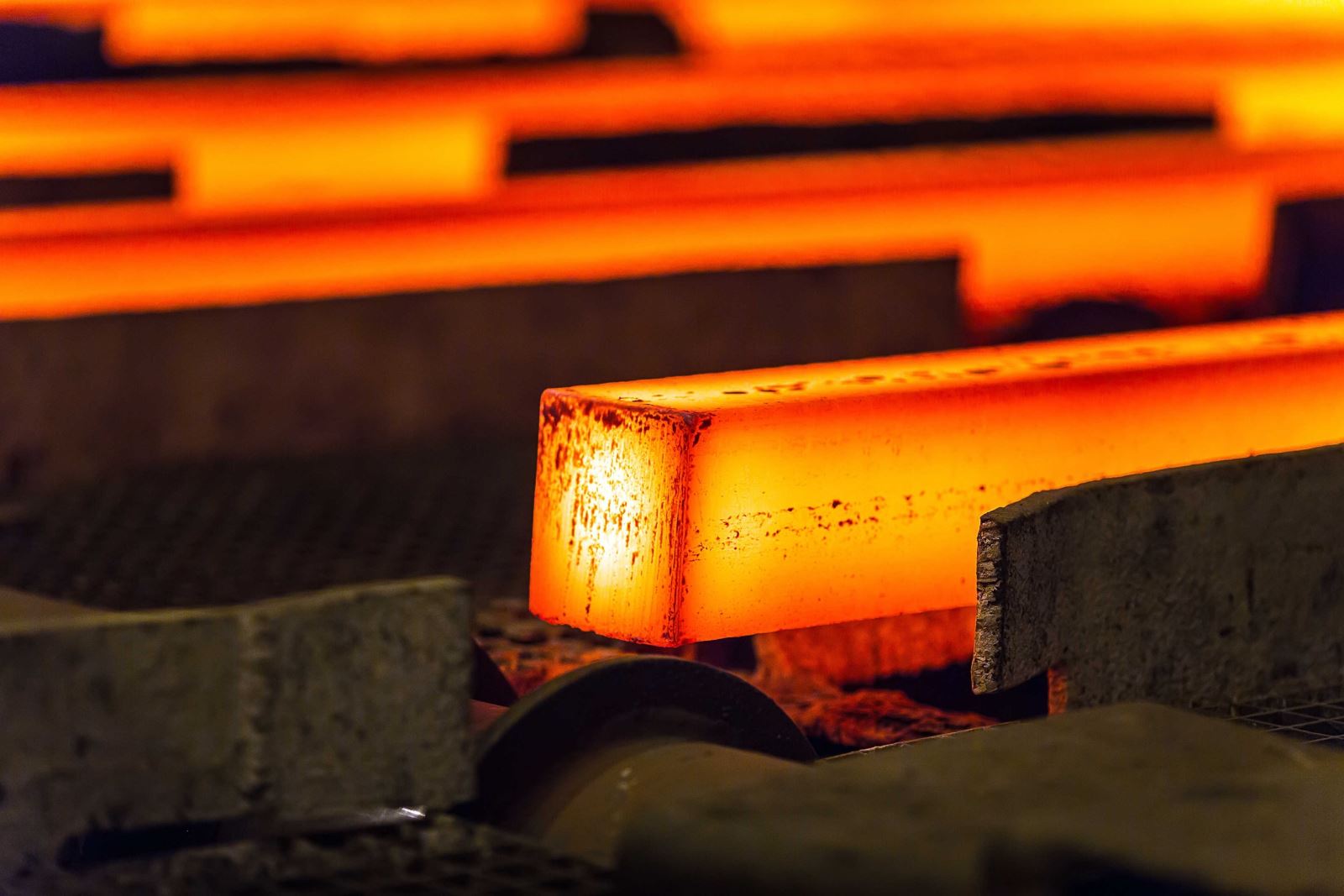
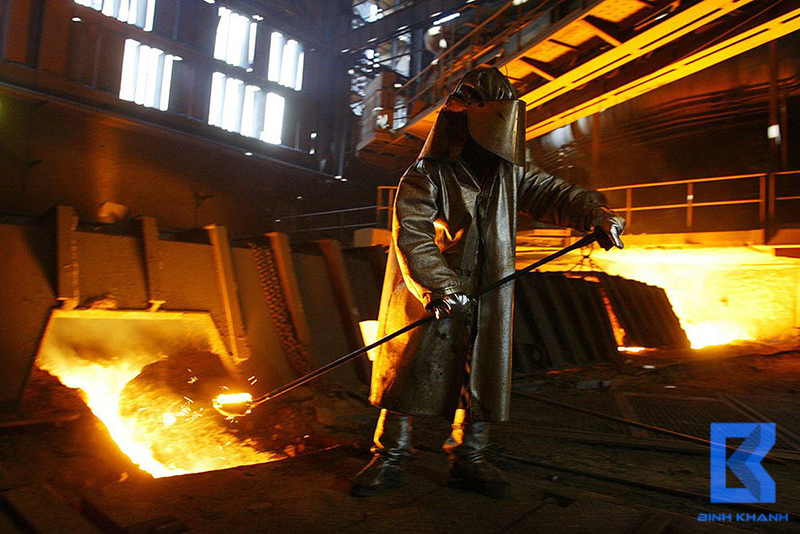

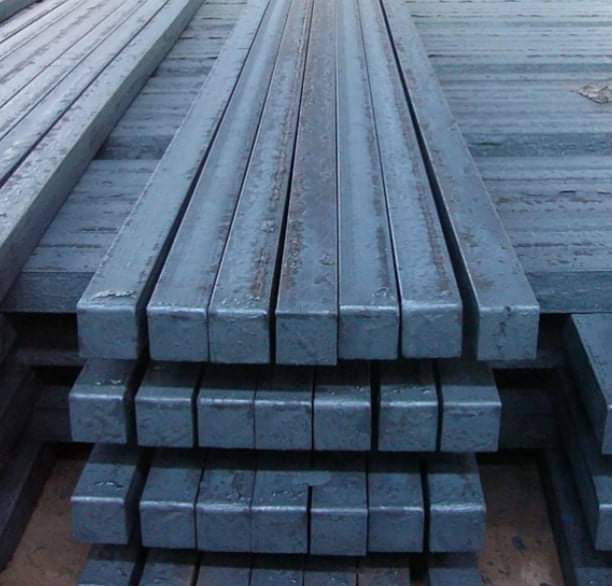

w300.jpg)
